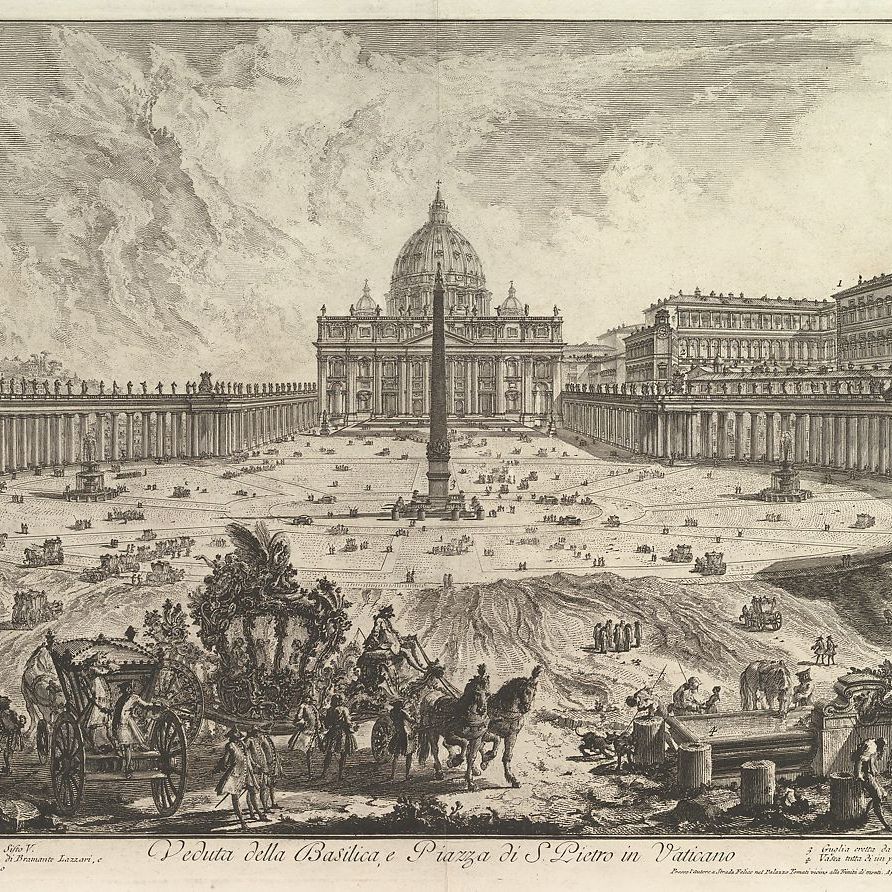
Parallels Between UX Design and Architectural Design
By Xinyang Chen, RA, Senior Architectural Job Captain and Miao Tian, Architectural and Interaction Designer
Architectural design is considered as one of the oldest players in the world of design. While the term ‘UX design’ wasn’t adopted by the professional industries until the late 2000s, it was a concept created in the early 1990s. Even with little overlap on the timeline of history, there are great parallels between the two design professions. In the near future, the line between these two will be blurred even further, largely due to rapidly developing technologies.
What is User Experience Design (UX Design)?
The term ‘User Experience Design’ was coined in 1993 by Donald Norman, who joined Apple Computer first as a fellow and then got the job title “user experience architect” which he himself came up with.
“I invented the term because I thought human interface and usability were extremely good. I wanted to cover all aspects of the person’s experience with the system including industrial design graphics, the interface, the physical interaction, and the manual. Since then the term has spread widely, so much so that it is starting to gain its meaning.”
— Donald Norman (Merholz, 2007)
Nowadays, the term UX design focuses on the interaction between human and products or services, such as websites, copy machines or one’s visit to a gallery opening. According to UX designer, Caroline White, UX design is an extremely varied discipline, combining aspects of psychology, business, market research, design, and technology. (White, 2021) UX design can reach well beyond the product itself. For example, with the iPhone, the bright color schemes of Apple’s commercials, the livingroom-like retail concept, and the perfect-fitting phone packaging are all meticulously designed and are all parts of the iPhone’s user experience.
So what do UX designers do?
UX designers’ job first and foremost is to advocate for the end-users and to make products and services enjoyable and accessible for all. At the same time, UX designers make sure that the product serves the business goals. They also play a role as a bridge between the wider team of engineers, business stakeholders, and visual designers. One thing to note is that UX designers are not typically responsible for the visual aspect of the product; they deal with how the product ‘works’ but not how it ‘looks.’
What is Architecture?

St. Peter's BasilicaSource: Metropolitan Museum

Dormitory at the Cité Internationale Universitaire in Paris by Le CorbusierSource: Archi Daily

VR gallery for the Architectural Association by Space PopularSource: Dezeen
The first book on architecture is by Roman engineer Vitruvius. He wrote ‘architecture is a science arising out of many other sciences, and adorned with much and varied learning; by the help of which a judgment is formed of those works which are the result of other arts.’ (Vitruvius, First Centry B.C.)
2000 years later, after the industrial revolution and World War I, Le Corbusier famously said, “A house is a machine for living in.” (Corbusier, 1923)
Architecture is an ever-shifting concept, and just like UX design, it always bridges many different disciplines.
Today, as more and more people spend most of their waking hours behind some form of screens, architectural design has taken on new mediums beyond the built environment, which include fictional architecture in movies and video games.
The practice of architecture is evolving:
The transformation of BAM Architecture Studio to BAM Creative is an example of the evolution of the practice of architecture. We expanded our business model to incorporate new practices and offer additional services. By taking an interdisciplinary approach to address design issues and integrating technology with traditional architecture, we are evolving to meet the needs of our time.
Shared Terms in UX Design and Architectural Design
For years, the tech industry has utilized certain expressions that sound familiar to architects, for instance data engineering, digital infrastructure, and software architecture. Meanwhile, as UX design is the new frontier of the internet age, there are many ‘buzzwords’ architects tend to borrow from UX design vocabulary, such as dynamic, hub, agile, incubator, and scalable.
Being one of the oldest design practices, many concepts developed in architecture translate well to UX design. Here are some:
- Accessibility
For UX design, this means being accessible across different platforms and devices. For architecture, it means providing an inclusive environment for all humans for maximum public benefit.
- Affordance
In UX design, affordance is “a property or feature of an object which presents a prompt on what can be done with this object,” (Myhill, 2019) which can translate to the architectural principle of “form follow function.” (Sullivan, 1896)
- Truth to materials
The architectural tenet of truth to materials can also apply to UX design. It can be seen in the recent internet trend of “flat design.” (WORKBEE)
Similarity between UX Design and the Architectural Design Process
Starting with research and gathering information
The architectural process starts with studying the urban context, spatial demands, and how users interact with the building. When the client doesn’t have a clear idea of what the building program is, the design process can start with goal setting sections to help the client understand the functional needs.
The starting point for UX designers is similar. It also starts with researching to collect data, understanding the client’s requirements, carrying out user interviews, and establishing the business criteria for the product itself.
Practicing the visualization of ideas
UX designers use wireframing to map out the overall design concept, which leads to a prototype, a minimum viable product (MVP) that can be used and tested.
In architecture, the design process typically starts with space diagrams and sketches. Then, architects present the design concept through rendered images and test-fit plans, material boards, physical models, and sometimes 1:1 mockups.
Impact of other trades
Although sometimes the lines are blurred, UX designers often work with User Interface (UI) designers while architects work with interior designers. Because UI design and interior design control the visual, texture and other immediate impression elements of the project, UX design and architecture are greatly impacted by them. As a result, UX designers and architects should employ efficient communication during the design phase with UI and interior designers, while always advocating for the users.
How UX Design and Architectural Design Process differ from each other
Agile process vs. Waterfall method[1]
UX Design works in an Agile process for product development, which is a process that flows through many iterations of prototyping and testing. In comparison, the traditional architectural practice resembles the waterfall method, in which the client’s feedback gets incorporated through each design meeting. However, as the design moves through SD, DD, CD, and the permit and bid process, the ability to make changes becomes progressively less flexible. Adopting a true Agile process for architectural practice remains challenging, even though the project design team would meet with the client and end-user representative regularly to incorporate as much user feedback as possible. For most projects, architects don’t have the opportunity to build a “test run” before the project gets its final rollout. This is due to the reality that building construction is a high-cost endeavor, and some complex projects can take years to build.
[1] Understanding the Differences Between Agile and Waterfall;
What Architects can learn from UX Designers:
- Have the user’s needs at the front and center.
- Treat built environments as an extension of the online experience, for instance, the ‘in real life’ (IRL) stores of the digital native brands.

Glossier Brand storySource: Glossier website

Glossier New York StoreSource: Architectural Record
- Utilize virtual 3D models or VR solutions to engage users in the early design phase.
- Implement ‘Building Information Modeling’ (BIM) to support decision making throughout the building life cycle, which also helps information to transfer from the design team to the construction team, as well as to the facility management team.
- Team up with facility managers to exchange ideas and gather user feedback; implement lessons learned for other similar projects.
- Build to adapt: allow the building to scale up or down as the need changes.
The Future of the UX and Architectural Design Industries:
Dilution or Collaboration:
We are now living in a world of individuality and social influence. Architectural design has shifted from a pre-20th century practice of designing a physical space to focusing on the individual human experience.
“Over the last two decades, the construction industry has been subject to dramatic changes, paving the way for a future in which traditional spatial concepts are no longer valid. Now, compost is being used for building materials, crowdfunding and collaborative design have become increasingly popular approaches to architectural projects, there is a focus on the importance of green infrastructure and energy efficiency, and the line between private and public space is becoming increasingly blurred. It is not a secret that technology has accelerated at an incredible pace!” (TMD Studio LTD, 2017)
Is emerging technology diluting the purity of the architecture design profession or encouraging more cross-discipline collaborations?
In the past three years, there has been a surge in architecture firms creating or acquiring creative tech design studios, or doing both. Some examples include: Gensler’s Digital Experience Design (dxd) department, KPF’s Innovation lab, LAB at Rockwell Group, and NBBJ’s recent acquirement of ESI design studio.
As incorporated by those influential design studios, the digital user experience design will have more presence in 3D. Collaboration with different trades will become a requirement, not just an option.
Digital Immersive Spatial Experience:
Remember when ‘parametric design’ was the buzzword in the architecture industry? Some architects chose to dive deep into the parametric world, while many scoffed at the poor construction results. The majority, however, didn’t truly understand the logic and true value of the parametric system. In recent years, the buzzwords have become ‘AR, VR, MR, XR’ and ‘artificial intelligence.’ Many saw them as another trend that comes and goes, but this time there was a catch. The education system and social media have caught up. We now have an entire generation of future mainstream designers who have not only heard of these terms but have also studied and used it. This time, digital technology is ahead and more advanced. It is safe to say that parametric design is not only here to stay but also to play a bigger role in the future of design.
In addition, the internet world has been playing an increasingly important role, especially during the 2020 pandemic lockdown. Virtual travel, 360-degree tours, and digital hangouts have rapidly gained traction. How will architects, the experts of spatial design, provide their expertise to users?
As physical space becomes more scarce and the world shifts from the physical to the digital experience, the architectural design practice will take on a different path. As a result, new design guidelines will need to consider both architecture and UX practices.
Big Data and Artificial Intelligence:
In many ways, Artificial Intelligence (AI) and UX are created with the same purpose: both are designed to interpret human behavior and anticipate what someone might do next. Predictive analytics is at the foundation of the two, and this intersection creates an opportunity for both companies and customers. AI improves UX by creating stronger human connections.
For a long time, the complexity of architectural design has been almost immune to AI penetration. However, as we keep educating, encouraging cross-discipline collaboration, collecting and scientifically analyzing building data, AI will be able to contribute to the industry. To date, there are a few signs of AI contributions. In 2019, a group of Harvard design students chose AI and architecture as their thesis.
“Our work proposes to evidence this promise when applied to the built environment. Specifically, we offer to apply AI to floor plans analysis and generation. Our ultimate goal is three-fold: (1) to generate floor plans i.e. optimize the generation of a large and highly diverse quantity of floor plan designs, (2) to qualify floor plans i.e. offer a proper classification methodology (3) to allow users to “browse” through generated design options.” (Chaillou & Française, 2019)
Another example is a generative tool called Finch3D developed by Swedish architect Jasper Wallgren. It is a tool for architects to leverage their designs in the early phases of a project. It is currently under development.
The question remains on how AI can aid the design process and improve the final product. In the near future, architects will likely work closely with UX designers to utilize AI, as well as big data, to improve design for their users.
Conclusion
There are differences and similarities between architectural design and user experience design, both in the process and the final deliverables. However, because of an aggressive push by emerging technologies, the two professions will collaborate more closely in the near future to design and advocate for the users.
References
Chaillou, S., & Française, V. (2019, Feb. 26th). AI & Architecture An Experimental Perspective.
Corbusier, L. (1923). Vers Une Architecture (“Towards a New Architecture”).
Myhill, C. (2019). What are affordances, and why do they matter? pixelfridge.
Sullivan, L. (1896). The tall office building artistically considered. Lippincott’s Magazine.
TMD Studio LTD. (2017, Jan 5th). Emerging Trends That Will Shape the Future of Architecture.
Vitruvius. (First Century B.C.). The Ten Books on Architecture.
White, C. (2021). What Does A UX Designer Actually Do? Career Foundry.
WORKBEE. (n.d.). Skeuomorphism vs. flat design vs material design. 99designs.

